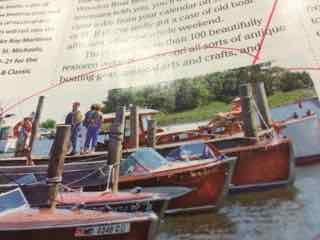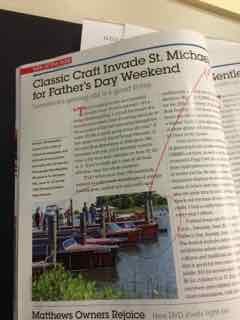I once had a 4 wheel drive buggy that also had the 72 volt motor. I could adjust all the parameters of the CPU with my laptop. Anything from about 40 mph for an hour to about 10 mph for 5 hours. I assume you have a controller of some sort?
Yes, I have this flatscreen that shows amps and speed, etc., and I was instructed that by doing some math, I can figure it all out and get the best range.
The real issue is conditions...for example, I can easily go 5.5 knots in perfect conditions to stay at the recommended amps for longer range, but if it's windy or the swells are high, that's when it gets tricky -- you basically have to do the math equation to figure out your range on any given day depending on weather conditions.
In other words, you can cruise in good weather and get a good range of 3+ hours, but as we all know, sometimes a nice day turns bad, and that's when you have to be mindful.
I suspect once I get used to it, it will be second nature, but until then, I have to do the calculations. The batteries are expensive enough to consider ampage vs. range to avoid using them up too quickly...
I'll post this weekend what the amps are for maximum range. I left the equations on my boat...
I think as a cruiser, the real issue is...PLANNING. It's rare to have perfect conditions, so what if you make it to Annapolis, but you're stuck there for days b/c there's a storm or something? That's the real set-back and something I'll have to adjust to.
Rambling...will know much more once I get actual experience...bear with me...




